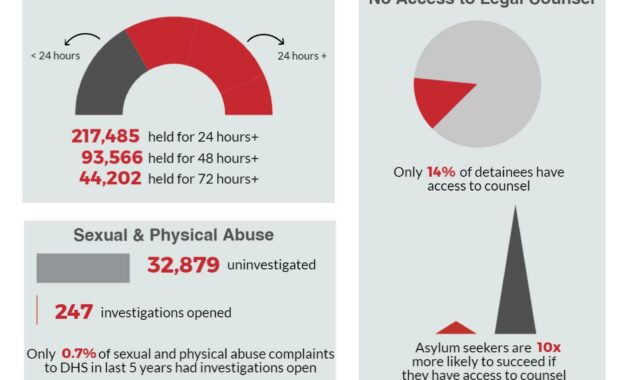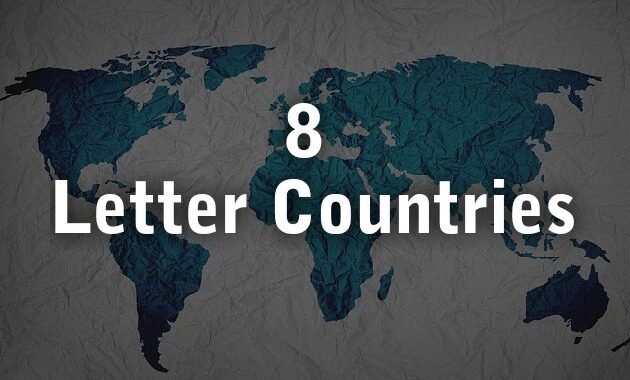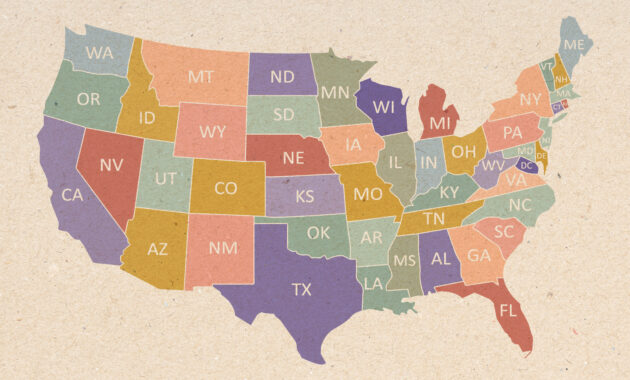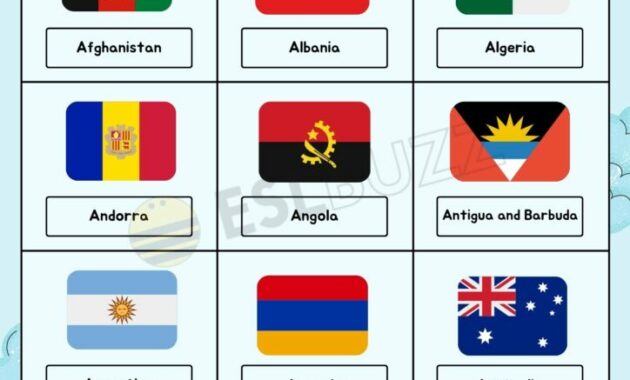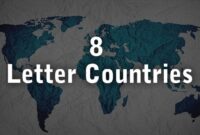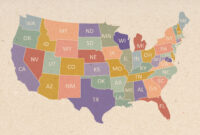Ah, hello friends. Gather ’round, gather ’round. Let’s talk about something important, something that touches on the lives of many, many people seeking a safe haven, a peaceful place to call home. It’s about this idea of a “Safe Third Country,” and what happens when, well, things get a little bit… complicated. When that safety net, that promise of protection, starts to fray around the edges.
What happens when a “Safe Third Country” is no longer safe?
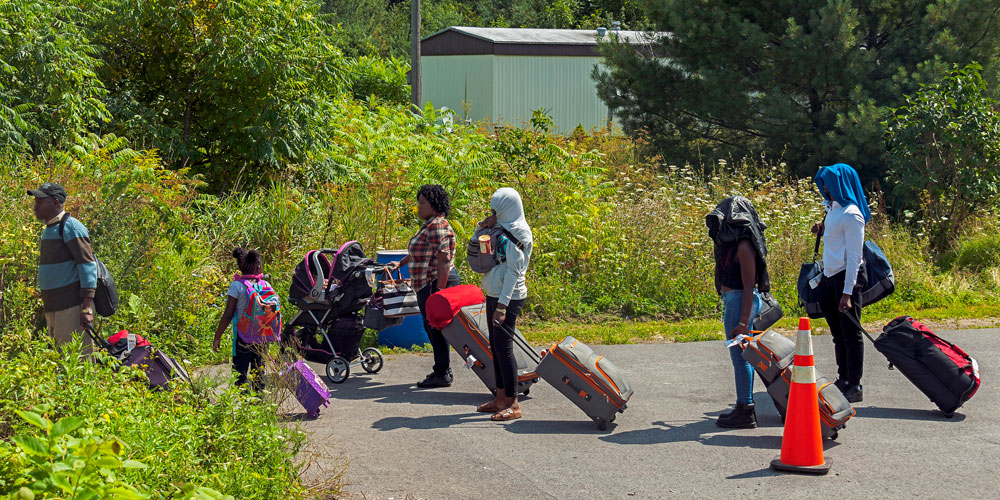
You see this picture? It speaks volumes, doesn’t it? Roxham Road. A place synonymous with hope, with desperation, with the longing for something better. For many years, it was *the* place. The back door, if you will, into Canada for those seeking asylum who, according to the Safe Third Country Agreement, technically should have made their claim in the United States first. But what if the United States, for some reason, isn’t so safe anymore? What if the protections aren’t really there? What if the system, the rules, the very foundations of that “safe” country crumble just a little bit?
Then what happens? People, they find a way. Like water, they navigate the cracks, the loopholes, the spaces in between. They cross at Roxham Road, they brave the elements, they put their lives in the hands of fate, all for the chance at a life free from persecution, free from fear. Think about the courage that takes! To leave everything behind, to venture into the unknown, with nothing but hope as your compass. It’s truly humbling, isn’t it?
Now, the Safe Third Country Agreement, in theory, is supposed to prevent “asylum shopping.” The idea is that if a person arrives in a country considered safe, they should make their claim there, rather than moving on to another country. This is meant to ensure efficiency, to prevent the system from being overwhelmed, and to distribute responsibility fairly. But theory and practice? Often, they are very different things.
The agreement relies on the assumption that both countries are indeed safe, that they both adhere to international law and human rights standards, and that they both provide fair and accessible asylum procedures. But what if one country, or both, starts to fall short? What if one country’s policies become more restrictive, more discriminatory, more… well, less safe?
Then the whole agreement starts to look a little shaky, doesn’t it? It starts to feel less like a fair distribution of responsibility and more like a way to deflect responsibility altogether. It becomes a way to push vulnerable people back into potentially dangerous situations.
And that’s where the ethical dilemma comes in. Do we uphold the letter of the law, even if it means turning a blind eye to injustice? Do we prioritize efficiency and border control over the fundamental human right to seek asylum? These are not easy questions, and there are no easy answers.
But we must ask them. We must grapple with the complexities, the nuances, the very real human consequences of our decisions. We must remember that behind every statistic, behind every headline, behind every political debate, there are real people, with real stories, with real hopes and dreams. People who deserve our compassion, our understanding, and our protection.
Think about the children. Think about the families torn apart. Think about the trauma, the fear, the uncertainty. Can we, in good conscience, turn them away? Can we send them back to a place where their lives might be in danger?
These are the questions that haunt me, that keep me up at night. And I hope they haunt you too. Because this is not just a political issue, this is a human issue. This is about our shared humanity, about our responsibility to protect the vulnerable, about our commitment to building a world where everyone can live in peace and safety.
US as a safe third country infographic | Canadian Council for Refugees

Now, this infographic. It lays it all out, doesn’t it? Arguments, concerns, facts, figures. It’s a cold, hard look at why some people, some organizations, some very smart people, question the whole idea of the United States being a “safe” country for refugees.
And it’s not just about politics. It’s about the realities on the ground. It’s about the policies, the procedures, the practices that asylum seekers actually experience. Are they treated fairly? Are their claims heard properly? Are they given access to legal representation? Are they detained? Are they deported?
These are not hypothetical questions. These are real questions with real consequences. And the answers, often, are not very reassuring. We hear stories of asylum seekers being separated from their families, of children being held in detention centers, of people being denied due process. We hear stories of restrictive policies, of changing rules, of a system that seems designed to make it as difficult as possible for people to seek asylum.
And let’s be honest, things get… complicated. The definition of “safe” isn’t always so clear cut. It’s not just about whether a country is at war. It’s about the rule of law, the protection of human rights, the availability of basic necessities, the absence of discrimination. It’s about the overall environment, the climate of fear or acceptance that refugees encounter.
And when that environment is hostile, when it’s discriminatory, when it’s fraught with legal loopholes and bureaucratic obstacles, then the “safe” label starts to ring hollow.
The infographic is a reminder that we need to be critical, that we need to question assumptions, that we need to look beyond the surface. We need to examine the evidence, to listen to the voices of those who are affected, and to make informed decisions based on facts, not just on ideology.
And let’s not forget the international context. The refugee crisis is a global problem, and it requires global solutions. No one country can solve it alone. We need to work together, to share responsibility, to support each other, and to uphold our shared commitment to protecting the vulnerable.
We need to create a system that is fair, that is efficient, that is humane. A system that respects the dignity of all human beings, regardless of their origin, their religion, their ethnicity, or their immigration status.
This is not just about border control, this is about human rights. This is not just about national security, this is about international cooperation. This is not just about politics, this is about our shared humanity.
And so, I urge you, think about these things. Reflect on these questions. And let’s work together to build a better world, a world where everyone can live in peace and safety, a world where the promise of a “Safe Third Country” is not just a slogan, but a reality. Let’s cultivate the virtue of compassion.
If you are looking for Safe Third Country Agreement: FAQ | Citizens for Public Justice you’ve visit to the right place. We have 5 Images about Safe Third Country Agreement: FAQ | Citizens for Public Justice like 6 Questions & Answers on the unlawful Greek “safe third country” list, Safe Third Country Agreement – BWSS and also What happens when a "Safe Third Country" is no longer safe?. Read more:
Safe Third Country Agreement: FAQ | Citizens For Public Justice
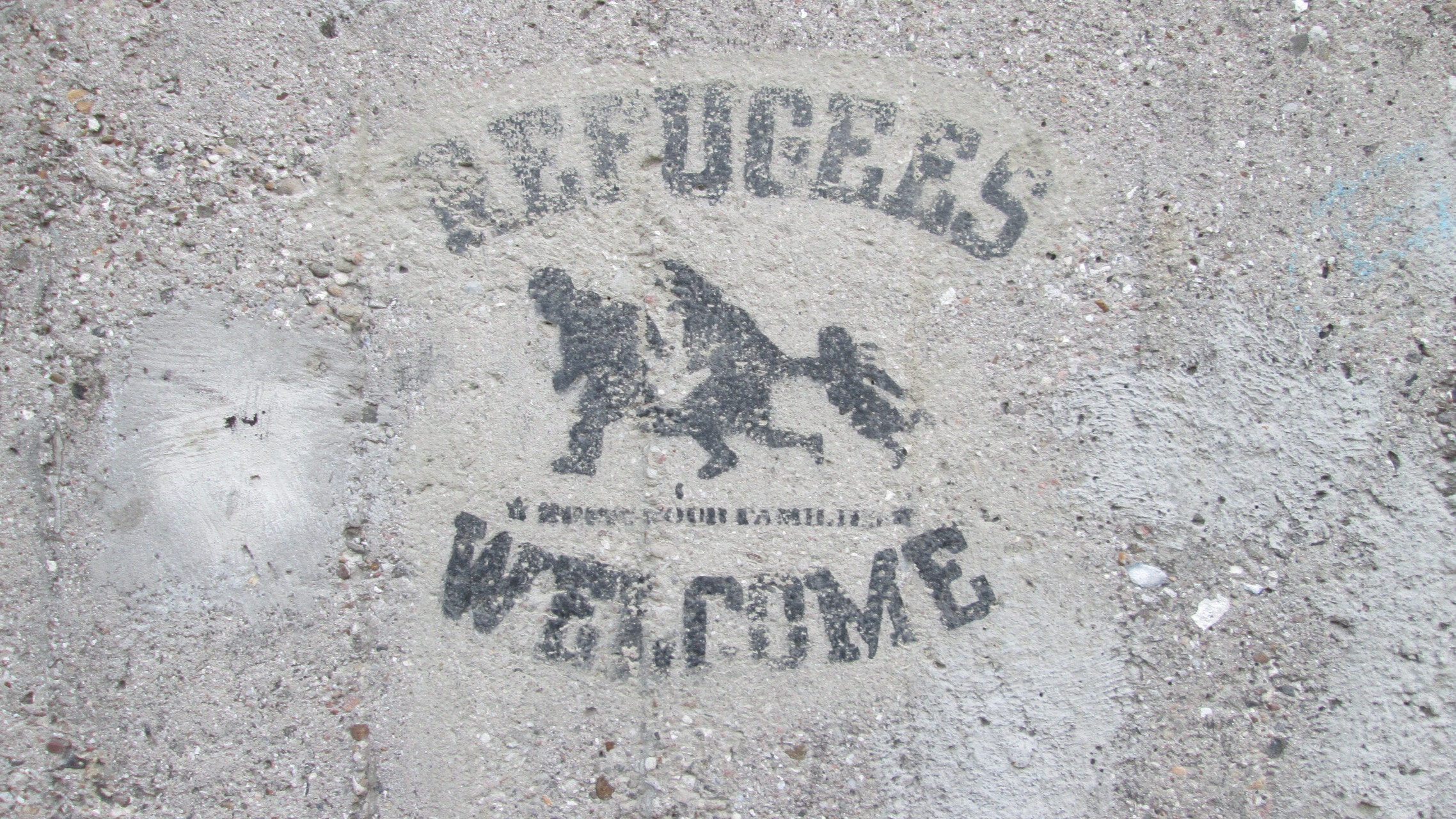
www.cpj.ca
germany refugee refugees rights admissions program flickr realism resumption eo oecd urges migration pr members update better euractiv do absence
6 Questions & Answers On The Unlawful Greek “safe Third Country” List

rsaegean.org
US As A Safe Third Country Infographic | Canadian Council For Refugees

ccrweb.ca
Safe Third Country Agreement – BWSS
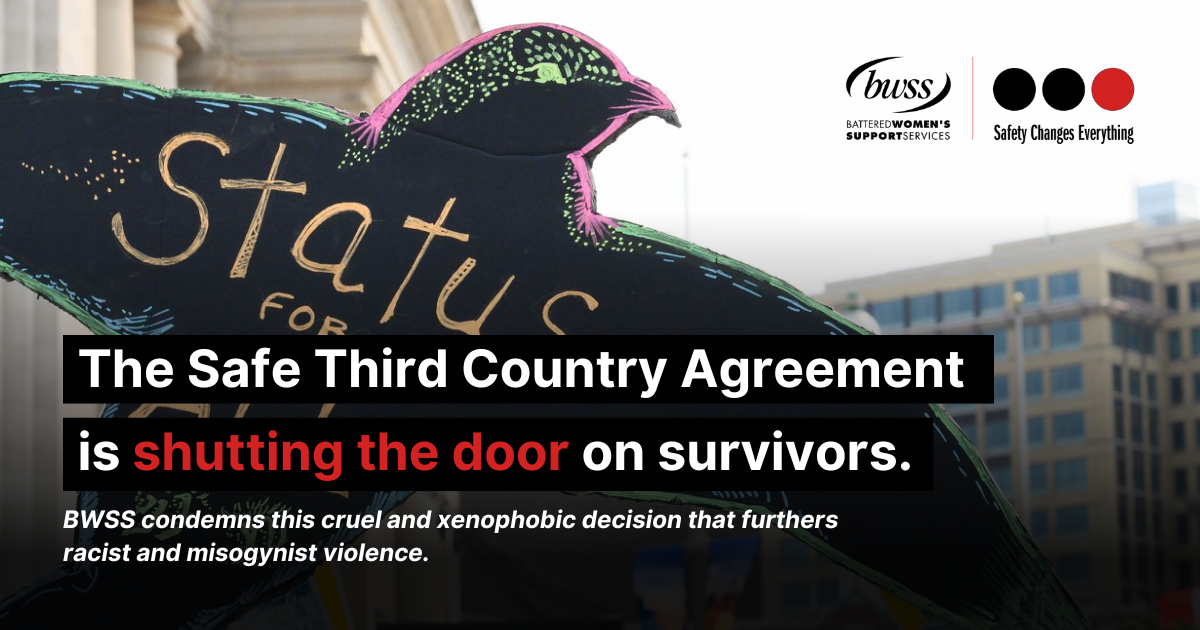
www.bwss.org
What Happens When A "Safe Third Country" Is No Longer Safe?

www.canadaland.com
Us as a safe third country infographic. 6 questions & answers on the unlawful greek “safe third country” list. Germany refugee refugees rights admissions program flickr realism resumption eo oecd urges migration pr members update better euractiv do absence




